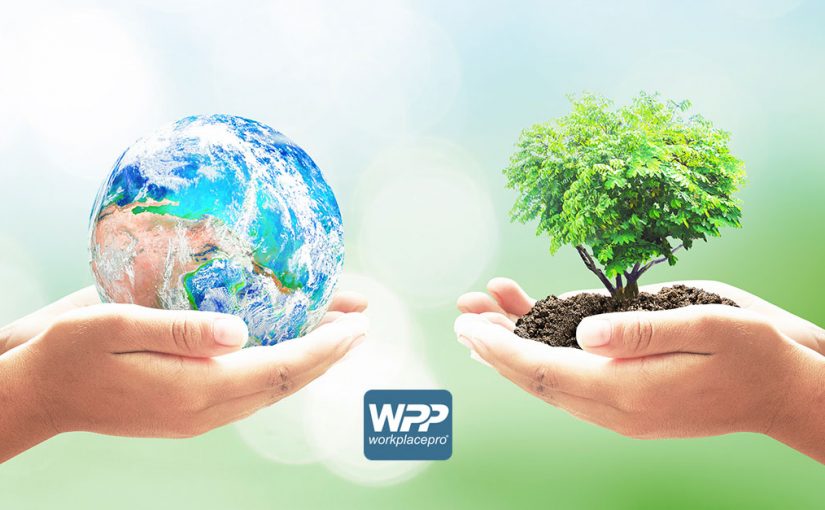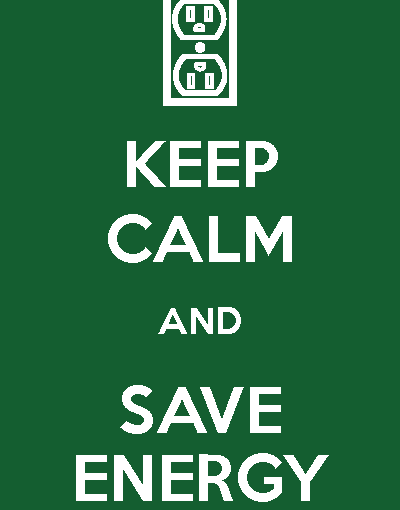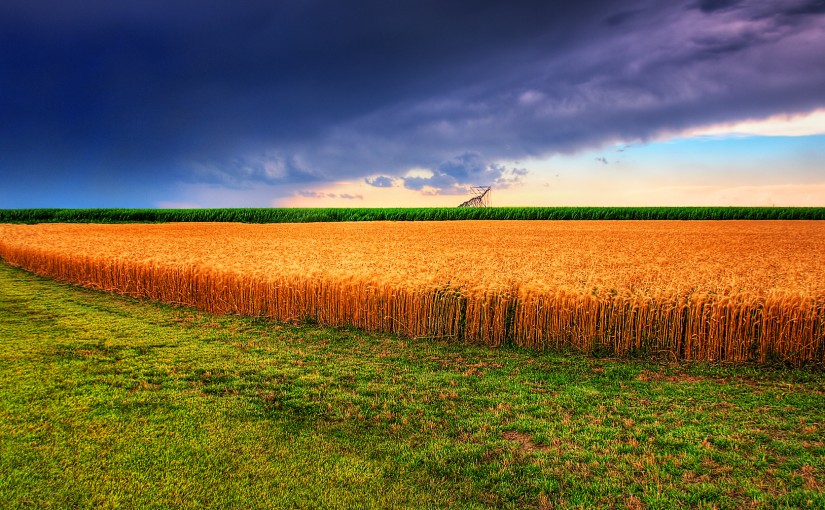Tag: Earth Day
-

Earth-friendly practices you can incorporate in your workplace
As April 22 approaches each year, you may find yourself thinking a little more about the ways you can give back to the place that provides a safe haven to you every day. Being environmentally conscious not only on Earth Day, but every other day in between, will go a long way in having a…
-

10 tips to save energy!
October is Energy Awareness Month! That’s an awareness we can get behind! 🙂 Here is 10 easy ways to cut your energy use in half…courtesy of greenamerica.org 1. Turn off the lights! – shut off lights while not using a room. 2. Install ceiling fans! In the summer keep them rotating counter-clockwise and in the…
-

20 Ways to Celebrate Earth Day
Earth Day may not seem like much of a holiday. After all, banks and stores do not close and mail is delivered. There are not even big celebrations for it most of the time. However, Earth Day is very important despite its general lack of notice from most people. It is on this day that…
-

The Origins of Earth Day
The origins of Earth Day are not very well known. The history is not taught in schools as it is for Christmas, Thanksgiving and even Columbus Day, and children are not expected to make little clay globes or plant seeds in honor of the holiday. In fact, it usually goes rather unnoticed overall. This article…
-

What is Earth Day?
Earth Day is an annual awareness event created to honor the Earth and the concept of peace. It takes place on April 22 each year, and marks the emergence of modern-day environmentalism. As people became more aware that our everyday actions, like running our water excessively or guzzling gas in our cars, has an affect…